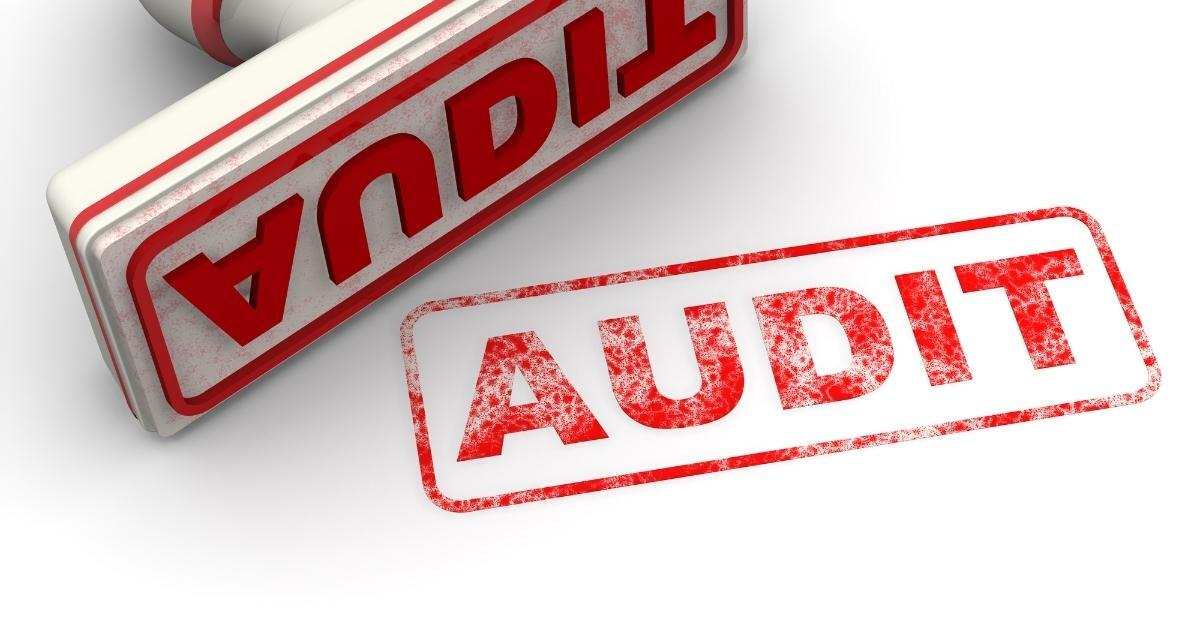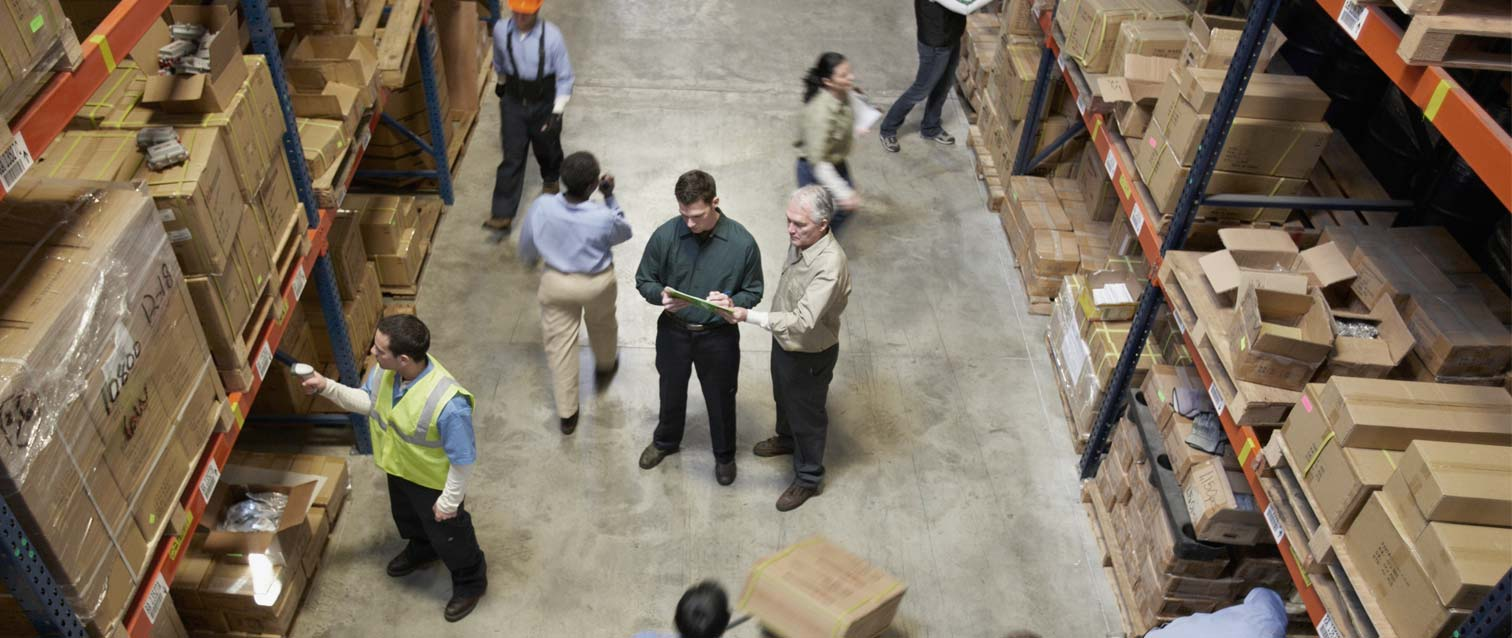
When it comes to environmental health and safety (EHS) audits, having a comprehensive checklist is essential. Audits are designed to show the effectiveness of an organization’s existing EHS management system as well as identify any areas that need improvement. A good audit will be comprehensive in scope and include elements such as environmental compliance, risk assessment, occupational safety, air quality monitoring, and emergency preparedness.
The challenge for many organizations is creating or finding an EHS audit checklist that covers all the necessary elements. To help get you started, we’ve put together a comprehensive guide to mastering the essential EHS audit checklist. This guide will provide you with everything you need to know about best practices and key components of successful EHS audits.
First, you’ll want to make sure that your EHS audit checklist is aligned with the organization’s goals and objectives. A comprehensive checklist should include all of the basic elements that are required by law or identified within the scope of an organization’s operations. This includes ensuring compliance with national and local environmental regulations, assessing workplace safety risks, monitoring air quality on site, and preparing for emergency situations.
Next, you’ll need to consider how often audits will be conducted. Depending on the size and complexity of the organization’s operations, this could range from once a year to multiple times per year. It may also be necessary to conduct periodic follow-up audits in order to ensure that any changes or improvements made since the last audit are still in place.
Finally, when conducting an audit it’s important to document everything that is found. This includes any potential hazards and exposures, compliance issues, and recommendations for improvement. Having a comprehensive audit report is essential for making sure that all corrective actions are properly implemented and tracked over time.
By following the above steps and having a detailed EHS Audit checklist in place, you can ensure that your organization is meeting all of the necessary standards for environmental health and safety. With the proper preparation and planning, you can have confidence that your audits will yield accurate results and provide you with the actionable insights needed to make improvements where necessary.
EHS Audit Checklist Templates
EHS audit checklists are an invaluable tool for organizations to ensure their health and safety processes are in line with industry standards. They help organizations identify potential risks, areas of improvement, and areas that need additional attention. EHS audit checklist templates provide a consistent structure for conducting audits and allow the organization to easily evaluate compliance across multiple departments and locations.
With the use of these templates, organizations can quickly identify which areas require further action or review. In addition, using an EHS audit checklist template ensures that all essential elements required for a successful safety program are included in the assessment process. This helps to ensure that any issues identified during the audit can be addressed in a timely fashion and prevents any unnecessary delays that could put workers at risk.
Who needs to use a health and safety audit?
A health and safety audit is necessary for any workplace, no matter the size or industry. It is important to make all employees aware of what measures need to be taken to reduce risks in the workplace.
Employers and business owners should use audit findings to ensure that their employees are safe from potential hazards. Additionally, supervisors and managers should also regularly monitor the implementation of safety protocols as part of a comprehensive risk management plan. The ultimate goal is to create an environment where everyone can work productively with minimal risks and hazard exposure. This includes providing appropriate protective gear for all employees as well as have all employees trained on safety policies.
By conducting regular audits, employers not only make sure their workers are well protected but also demonstrate good corporate citizenship towards regulatory authorities. Furthermore, these reviews may help identify areas of improvement so that effective preventive measures can be put in place. In sum, anyone with a stake in the safety and well-being of employees should incorporate health and safety audits into their overall risk management strategy.
EHS Audit Software:
EHS Audit Software is an essential tool for Environmental Health and Safety (EHS) professionals to monitor and ensure compliance with regulations. It automates the auditing process, providing insight into risk areas and helping organizations improve their processes.
EHS Management Software provides a comprehensive interface to facilitate efficient data collection, tracking and reporting of regulatory compliance-related activities. This makes it easier to identify deficiencies in safety protocols, quickly address potential hazards, and take proactive steps to mitigate future risks.
With the help of this software, organizations can ensure that they provide a safe workplace environment for all employees while minimizing both environmental impacts and financial costs associated with non-compliance.
EHS Audit Management Software Benefits
EHS Audit Management Software Benefits provides organizations with powerful tools to streamline their environmental, health and safety auditing processes. It helps them save time and resources while ensuring compliance with local regulations, industry standards, and best practices.
The software allows for automatic scheduling of audits and tracking of results, which can help identify gaps in safety protocols more quickly. This ultimately helps to reduce the risk of accidents, environmental damage, and costly fines. With centralized data storage and reporting capabilities, it also enables organizations to track their compliance progress over time, enabling them to continually strive for excellence in safety.
EHS Audit Management Software Benefits is a powerful tool that can help organizations protect their employees, customers, and environment while ensuring compliance with all relevant regulations.
Pre-Audit Phase
The Pre-EHS Audit Phase or audit planning is an important part of the overall Environmental, Health & Safety (EHS) audit process. During this phase, a company will assess its current EHS operations and compliance in order to identify any areas that may present possible risks or noncompliance issues.
This helps ensure the organization meets all applicable regulations and safety requirements, and helps reduce potential liability risks when an EHS auditor arrives. During the Pre-EHS Audit Phase, organizations often review their compliance records and processes, evaluate current systems, develop new procedures and protocols as needed, and produce a detailed report of findings.
This helps ensure the organization is properly prepared for the actual EHS audit itself. The Pre-EHS Audit Phase is essential to ensuring organizational safety and compliance with all applicable laws and regulations.
An effective Pre-EHS Audit Phase also helps an organization identify potential risks and areas of improvement before the actual audit begins. Through this assessment, organizations can develop specific strategies to improve their safety and compliance operations going forward, as well as develop plans for problems that may arise during the EHS audit itself.
What should be included in a health and safety audit checklist?
A health and safety audit checklist should include items that are relevant to the particular work environment being audited. This can vary depending on whether the workplace is an office, factory, warehouse, or other premises.
Generally, items that should be included in a health and safety audit checklist would be physical hazards such as trip/slip risks, poor lighting conditions, inadequate ventilation, and hazardous substances. Additionally, potential health risks such as noise levels, temperature/humidity levels, ergonomics, and the availability of safety wear should be considered.
All employees should also have access to first-aid kits and emergency procedures in case of accidents or incidents. Finally, employers should consider if necessary protective measures are in place to protect employees from violence or harassment. By including these items in a health and safety audit checklist, employers can ensure that their workplace is safe and compliant with relevant regulations.
What is a health and safety audit?
A health and safety audit is an independent assessment of a workplace to assess how well it complies with relevant laws, regulations, and industry standards. It evaluates existing practices and procedures in the workplace to make sure they are working properly and efficiently.
The aim of a health and safety audit is to identify any potential hazards or risks that could lead to injury or illness, as well as any areas where improvement is needed. A health and safety audit can help organizations meet their legal obligations and ensure the workplace remains safe and healthy for everyone.
It can also provide important data that can be used to develop effective strategies to reduce accidents, incidents, and other risks in the workplace.
Deficiencies and Corrective Actions
EHS corrective actions are an important part of creating a safe and healthy working environment. These corrective steps involve identifying workplace health and safety hazards, addressing the risks associated with those hazards, and taking steps to eliminate or mitigate any potential harm to workers and the environment caused by these hazards.
Corrective actions can include changing procedures, providing additional training, implementing new rules or regulations, or carrying out engineering modifications to equipment and machinery.
It’s important for employers to take corrective steps in order to protect their workforce, comply with regulations, and ensure a safe working environment. By taking corrective actions, employers can reduce the risk of injury and illness caused by workplace hazards.
Need Help?
Our team of experts can help you with whatever compliance issues you may be facing. Whether it is understanding the complexities of a given regulation or recognizing where your company needs to improve, we have the necessary skills and experience to provide assistance. We will take the time to understand your unique needs and develop tailored solutions that address those needs. For facilities looking for help navigating the often perplexing regulatory landscape, contact us today!
Need Assistance?
What can iSi’s team of EHS Consultants do for you? Contact us!








